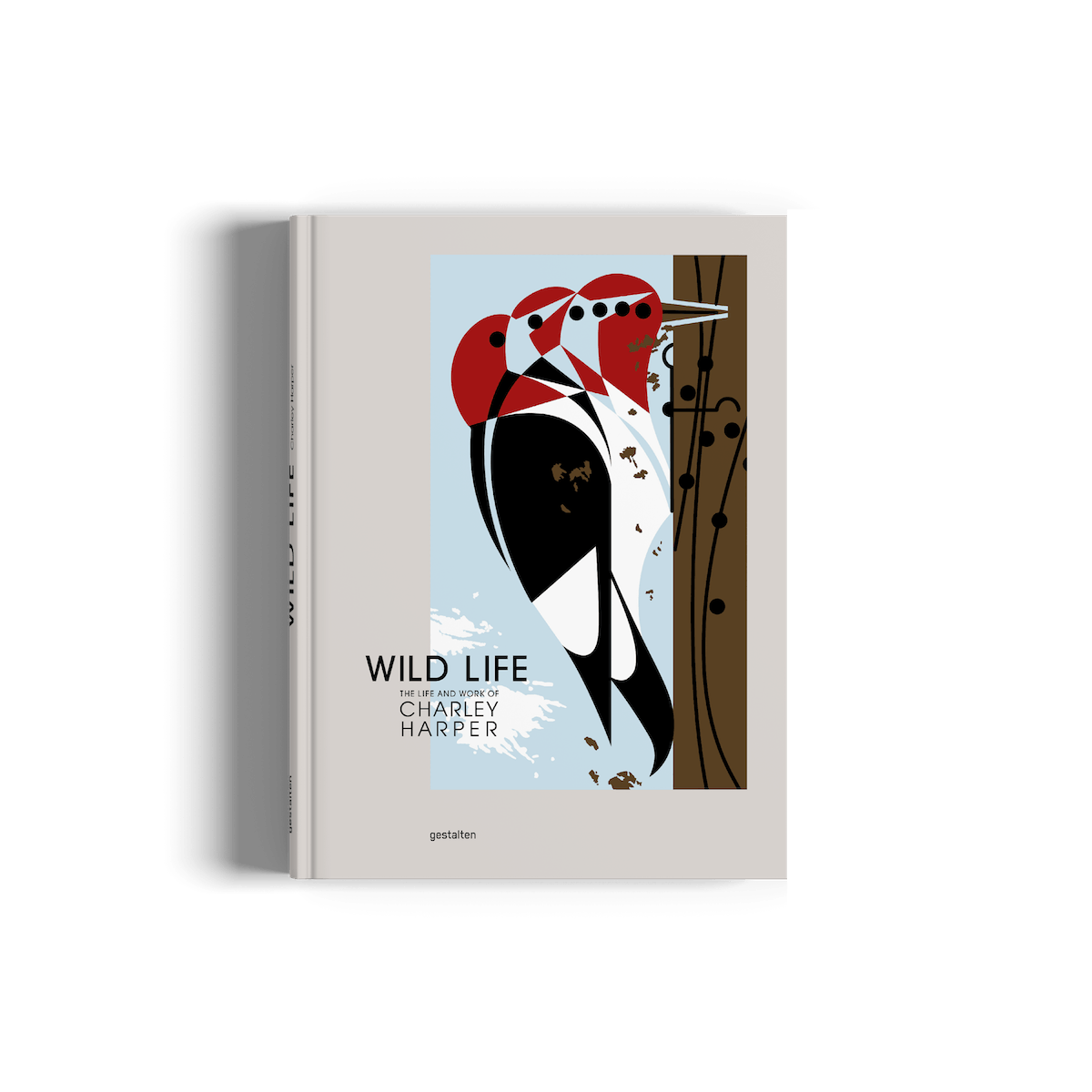Sitting just to the right of the twee, American artist Charley Harper’s images of flora, fauna and wildlife scenes straddle the delicate boundary between the whimsical and stark geometries of mid-century modernism.
While “vintage” illustrations of ladybugs, owls, otters, underwater scenes, flowers and the like often take more traditional approaches, including watercolour, Harper’s work in commercial and artistic applications s is focused on reducing natural beings to their simplest forms; drawing the mathematical patterns inherent in nature and placing them at the heart of his images.
Now, Harper’s work across posters, magazine covers, murals and more has been collected in a new book by artist’s son Brett Harper and design writer Margaret Rhodes titled Wild Life, created in collaboration with the publisher Gestalten.
According to Brett, the book offers a “welcome new look” at Charley Harper as artist, man, husband and father, as well as a “belated introduction” to his work to European readers. “We see he could paint anything in any style, but he found his voice in wild things,” Brett writes. “He gave these creatures their due inside the picture plane, which he felt was the only place he really had control.”

Born in 1922, Charley Harper became known for his totally unique depictions of wildlife: stylized, reductive and veering towards abstraction. Harper was raised on a self-sufficient family farm in Virginia, which likely helps explore his choice of subject matter throughout his life. He showed a talent for drawing throughout his time at school, and after he was drafted to fight in World War II, he used the American Soldiers’ Tuition Scholarship to study at the Art Students League of New York.
Finding his time in the city daunting, he left after one semester to return to Cincinnati and attend its art school. Although he was particularly inspired by two abstract expressionist artists he saw in a New York gallery – Vaclav Vytlacil and Milton Avery, whose work he cited as directly inspiring his use of color and form.
One of Harper’s first jobs was as a commercial artist at CH Schaten Studios (now brand design agency LPK), creating work for clients including Procter & Gamble and Morton Salt. Harper also landed commissions for the marquee magazine Ford Times, after sending the publication some of the pieces he had painted while on his honeymoon. The magazine’s art director at the time, Arthur Lougee, was struck by Harper’s work and commissioned a number of pieces beginning in the early 1950s.
A number of Ford orders involved birds and as such his title work ended up having a huge impact on the course of his career. Harper, buoyed by these commercial successes, realized that avian forms were the perfect vessels for him to try out new methods of abstraction.

Throughout his career, Harper completed around 5,500 works and eventually depicted just about every animal you could think of, continuing over the years to reduce his subjects to simpler geometric shapes with curves and lines of increasingly precise, drawn with an obsessive eye for animal behavior, environments and anatomy.
Harper called his particular way of drawing the animals and their shapes “minimal realism.” Brett Harper explains: “There, Charley was the master of color and implicit movement. His mind and eyes were on an endless safari, searching for his ultimate career – the perfect representation of his concept.
Wild Life – The Life and Work of Charley Harper is published March 31 by Gestalten; en.gestalten.com